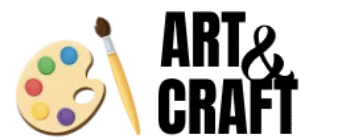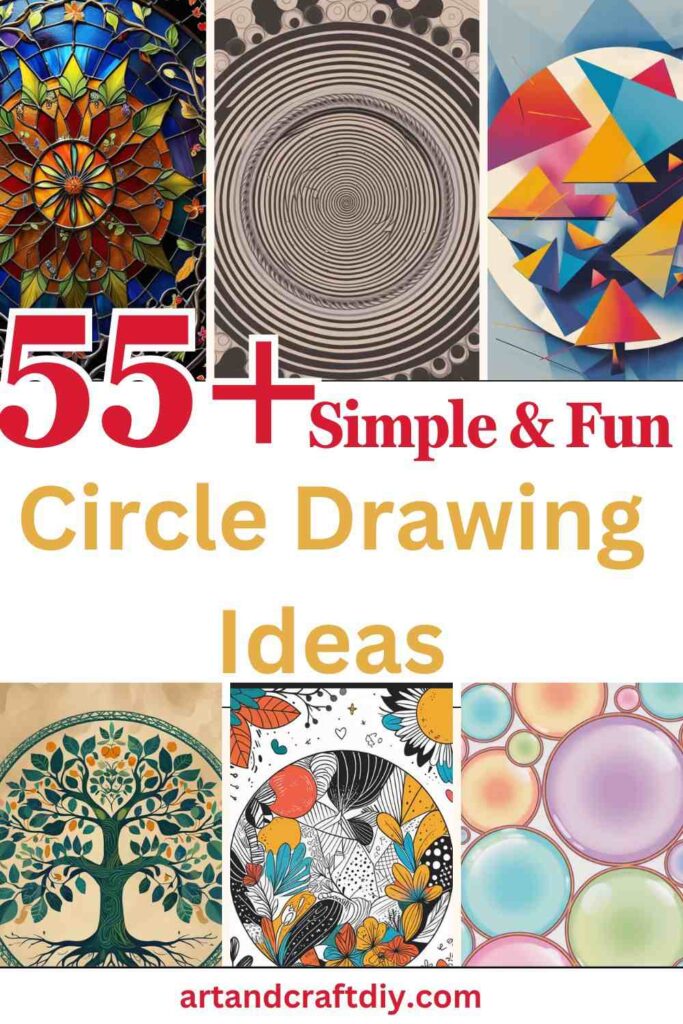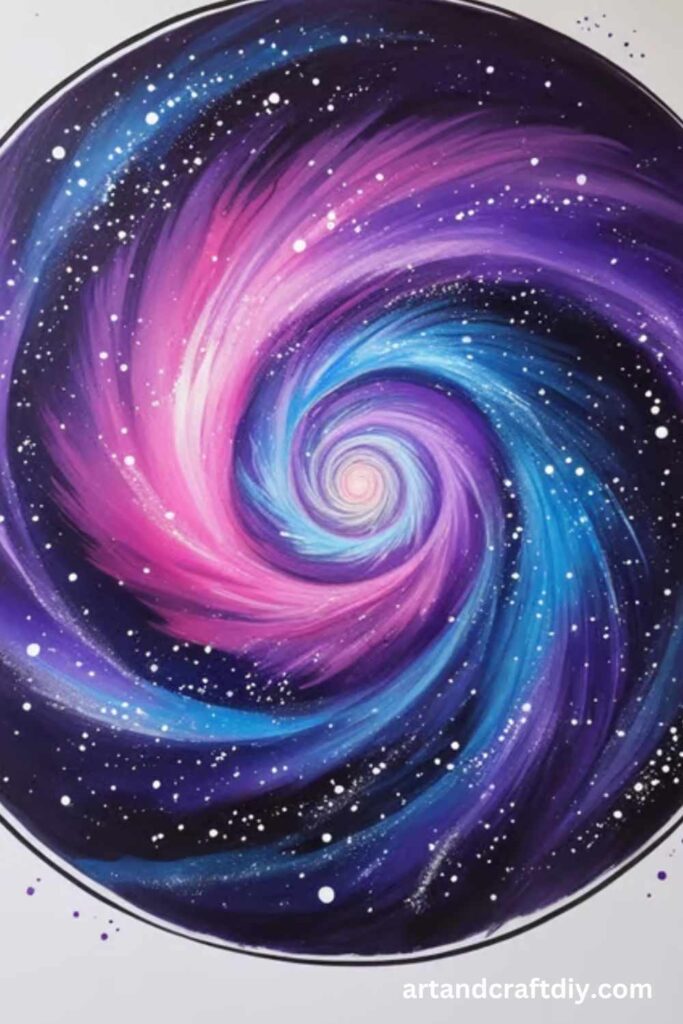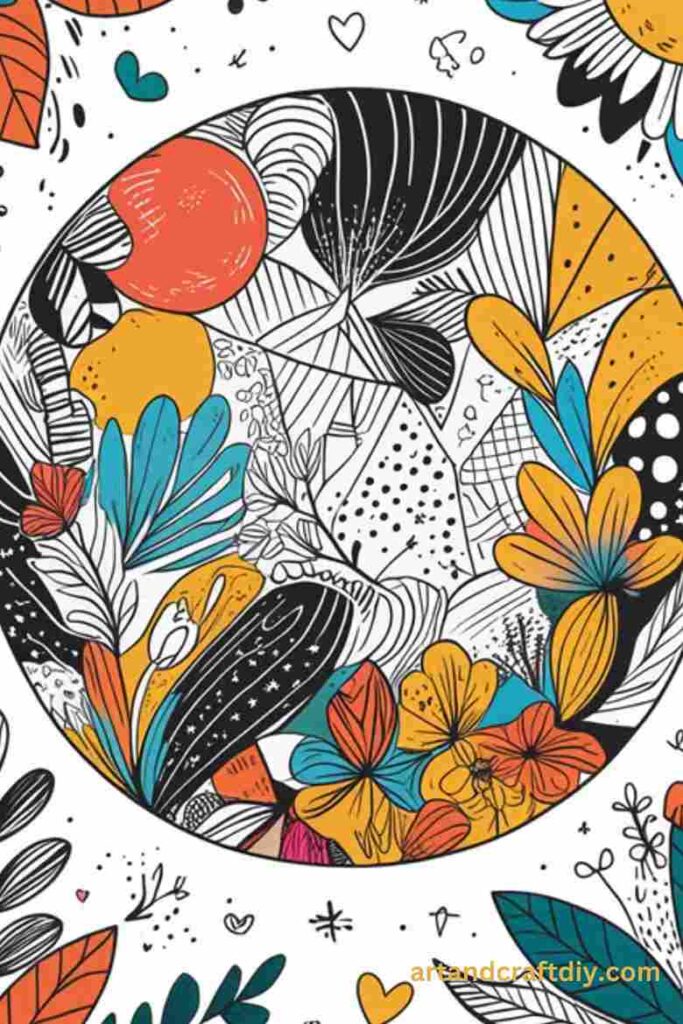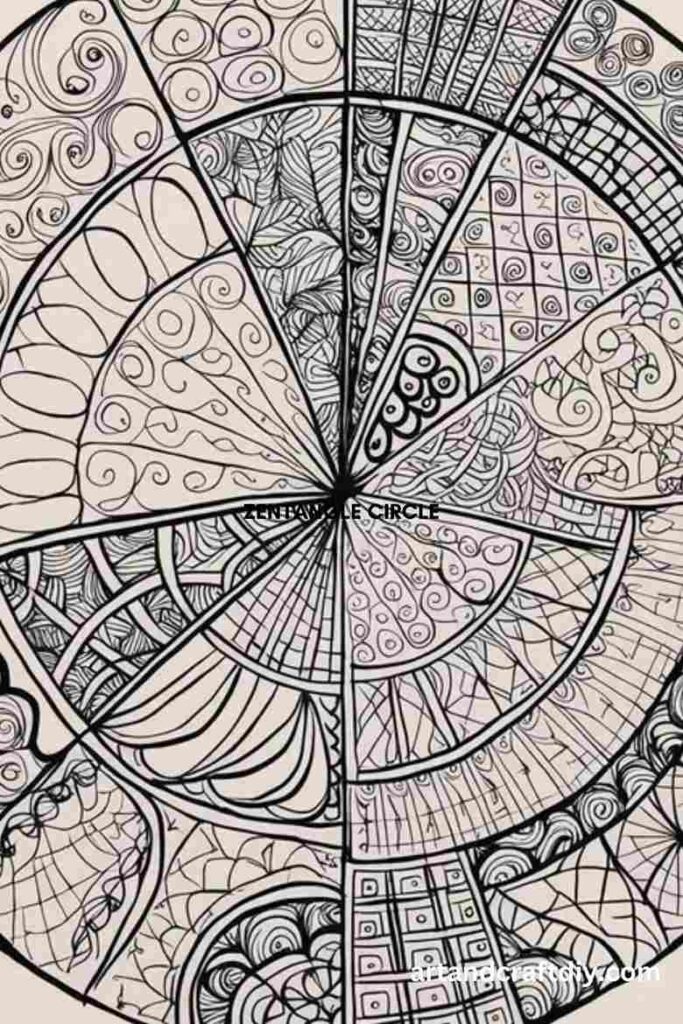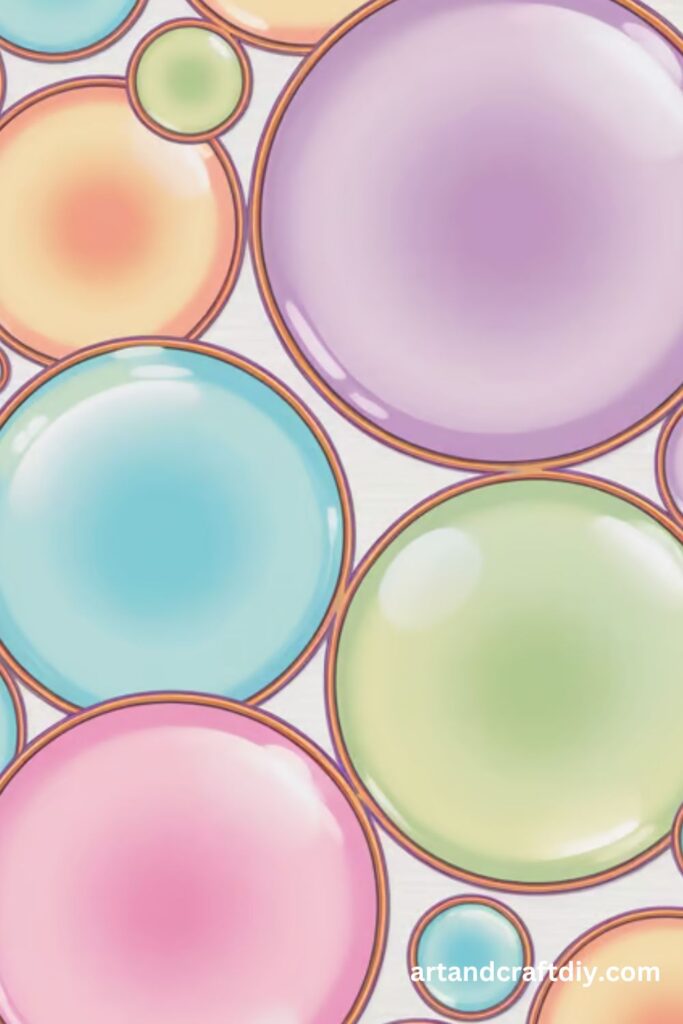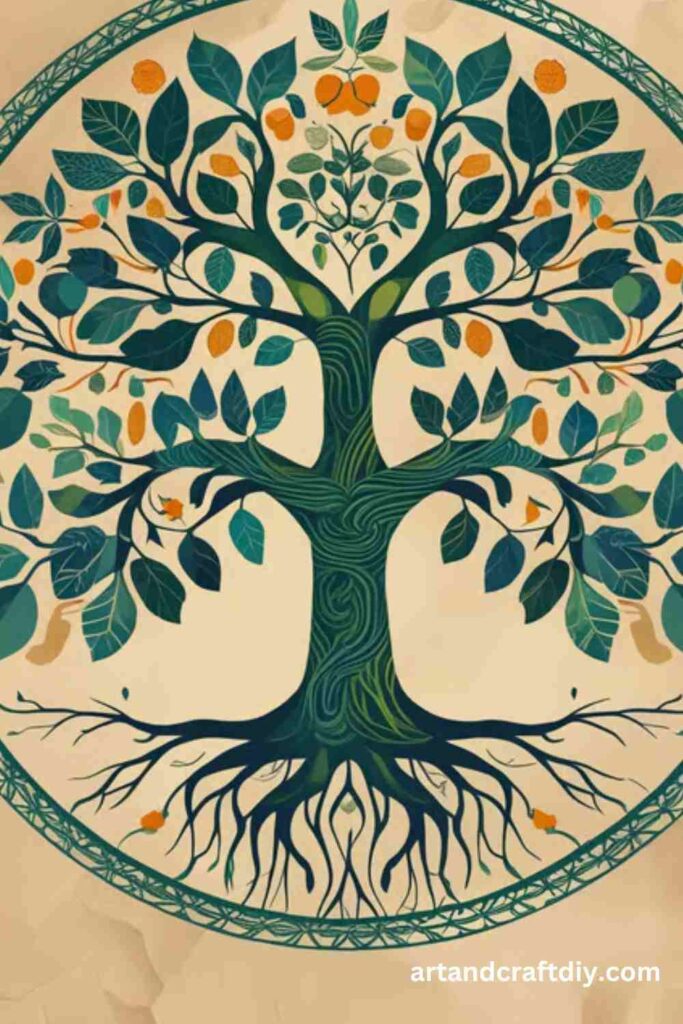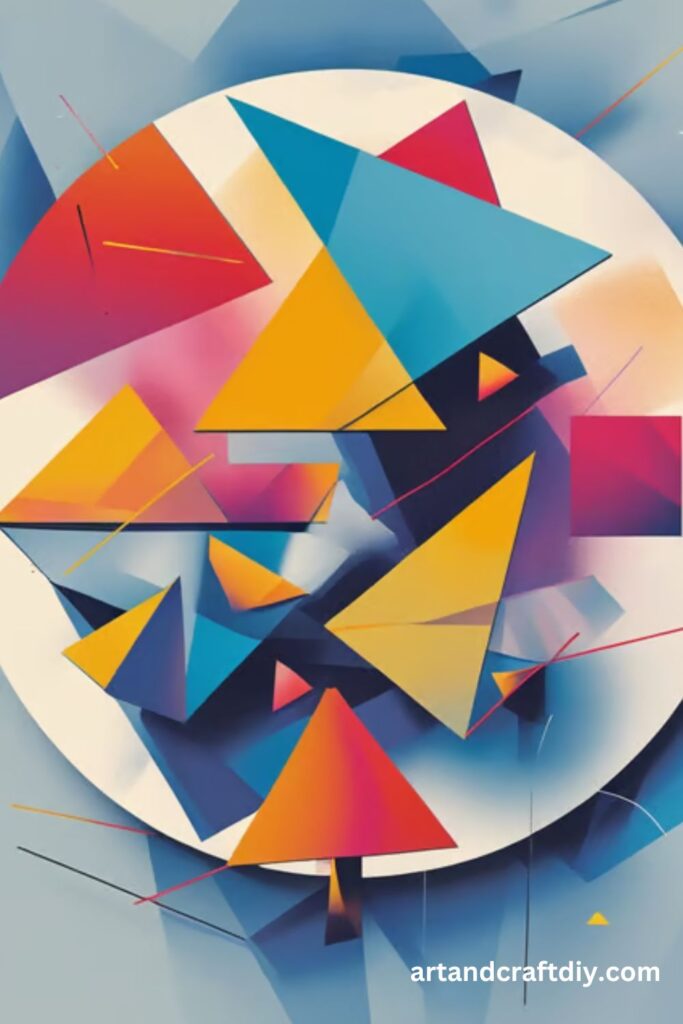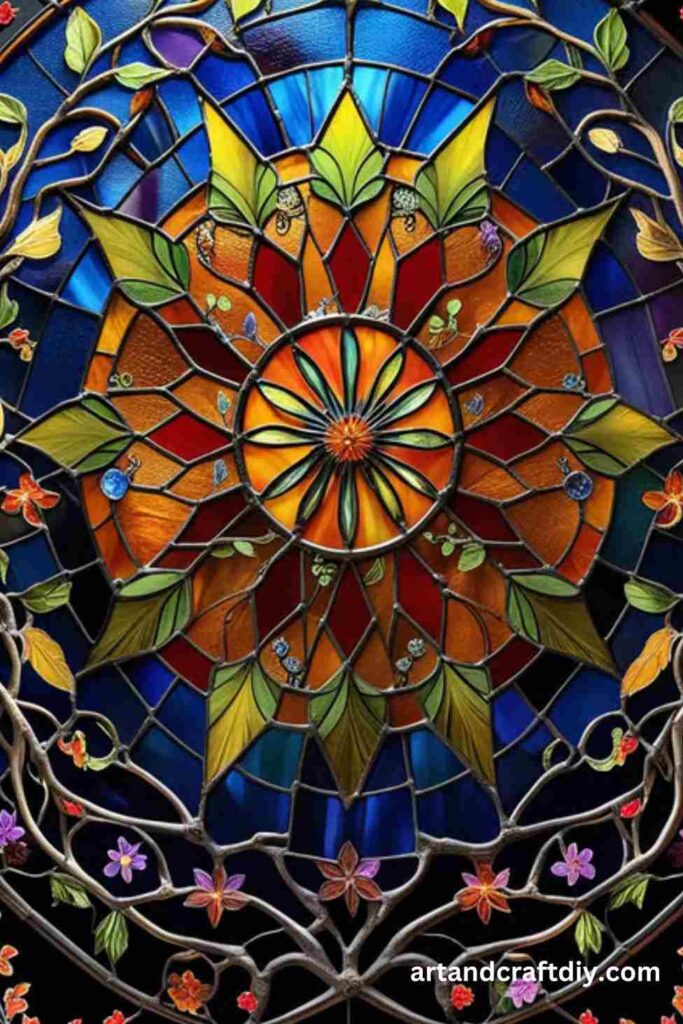Circles are a fantastic starting point for creative drawings because they are simple yet versatile shapes that can be transformed into countless designs. Whether you’re sketching abstract patterns, creating realistic objects like the sun or a clock, or designing intricate mandalas, circles provide a strong foundation. They appear in various artistic styles, from minimalistic to highly detailed compositions, making them an essential shape for artists of all levels. Mastering both perfect and freehand circles can enhance your creativity—using tools like compasses, templates, or digital aids ensures precision, while freehand drawing develops control and fluidity. Experimenting with different techniques, such as shading, stippling, or geometric arrangements, can help bring unique circular designs to life.
Circles appear in many different artistic styles and techniques. In abstract art, they can be layered, distorted, or arranged in unique compositions to convey movement and emotion. In realistic drawings, circles help depict natural and man-made objects like faces, planets, flowers, or clock faces. Mandalas and geometric art use circles as a framework for intricate, symmetrical patterns that symbolize harmony and unity. Even in doodling or cartooning, circles help form characters, bubbles, or playful designs that add charm to any artwork.
Circle Drawing Ideas
Circle Drawing Ideas offer endless creative possibilities, from simple geometric patterns to intricate mandalas and abstract designs. You can explore themes like nature (flowers, suns, planets), optical illusions, or even minimalistic art using circles as the main element. Whether you’re doodling for fun or creating detailed artwork, circles provide a great foundation for creativity and artistic expression. Let me know if you need specific ideas!
Mandala Art
Mandala art consists of symmetrical patterns radiating from the center of a circle, symbolizing balance and harmony.
Materials:
- Compass or round object for tracing
- Fine-tip black pen or marker
- Colored pencils or markers
- Ruler (optional)
Steps:
- Draw a perfect circle using a compass or trace a round object.
- Lightly sketch guide lines dividing the circle into equal sections.
- Start drawing patterns from the center outward, using shapes like petals, loops, or dots.
- Continue adding layers of patterns, ensuring symmetry.
- Once satisfied, outline with a fine-tip pen and erase pencil lines.
- Add colors if desired.
Galaxy Circle Art
A mesmerizing space scene inside a circle, filled with stars, planets, and nebulae.
Materials:
- Black paper or white paper with black background
- White gel pen or acrylic paint
- Watercolors or colored pencils
Steps:
- Draw a circle as your base.
- Use watercolors or pencils to shade in a mix of blues, purples, and pinks for a galaxy effect.
- Splatter white paint with a brush or use a gel pen to add stars.
- Draw planets and other celestial elements.
Doodle Circle
A fun and relaxing art style filled with random doodles inside a circular frame.
Materials:
- Pen or fine liner
- Sketchbook or paper
Steps:
- Draw a large circle.
- Fill it with random doodles—flowers, swirls, shapes, and tiny characters.
- Keep the patterns connected and flowing.
- Add shading or line variation for extra depth.
Zentangle Circle
Zentangle is a meditative drawing technique with repetitive patterns.
Materials:
- Fine liner pens
- Pencil for outlining
Steps:
- Outline a circle on your paper.
- Divide it into sections with light pencil lines.
- Fill each section with different Zentangle patterns.
- Use bold outlines for contrast.
Sun and Moon Yin-Yang Circle
A symbolic piece with half a sun and half a moon inside a circle.
Materials:
- Pen and paper
- Colored pencils or markers
Steps:
- Draw a perfect circle.
- Divide it into two halves.
- Sketch a sun with rays on one side and a crescent moon with stars on the other.
- Outline with a pen and add color.
Bubble Circle Art
Create a circle filled with realistic bubbles.
Materials:
- Colored pencils or watercolor
- White gel pen
Steps:
- Draw a circle and lightly sketch multiple overlapping bubbles inside.
- Shade with light, transparent colors to create depth.
- Add white highlights for a realistic effect.
Tree of Life Circle
A symbolic tree inside a circular frame representing growth and connection.
Materials:
- Pencil and fine liner
- Colored pencils (optional)
Steps:
- Draw a circle.
- Sketch the trunk and sprawling branches that reach the edges of the circle.
- Add swirling roots and leaves.
- Ink the drawing and add details like bark texture.
Abstract Shapes Inside a Circle
A modern, geometric composition using various shapes within a circle.
Materials:
- Ruler and compass
- Fine liner and markers
Steps:
- Draw a large circle.
- Fill it with intersecting geometric shapes.
- Use bold colors or shading techniques.
Optical Illusion Circle
A hypnotic design that tricks the eye.
Materials:
- Black and white pens
- Ruler and compass
Steps:
- Draw a circle and divide it into sections.
- Add repeating lines or curves to create depth.
- Use shading to enhance the illusion.
Stained Glass Circle
A vibrant design resembling stained glass windows.
Materials:
- Black fine liner
- Markers or watercolor
Steps:
- Outline a circle and section it with curved or angular lines.
- Color each section differently.
- Outline in black for a stained-glass effect.
Clock Face Drawing
A detailed drawing of a clock inside a circle.
Materials:
- Pen and ruler
- Colored pencils
Steps:
- Draw a circle for the clock face.
- Add numbers, clock hands, and details like gears.
- Shade for depth.
Cityscape in a Circle
A skyline inside a circular frame.
Materials:
- Fine liner pen
- Colored pencils
Steps:
- Draw a circle.
- Sketch buildings inside, making them fit the curve.
- Add tiny details like windows and rooftops.
Moon Phases Circle
A scientific and artistic representation of moon phases.
Materials:
- Black and white pens
- Pencil for sketching
Steps:
- Draw a large circle and divide it into smaller sections.
- Illustrate different moon phases inside.
- Shade accordingly.
Floral Wreath Circle
A beautiful wreath made of flowers and leaves.
Materials:
- Fine liner and colored pencils
Steps:
- Draw a light circle outline.
- Sketch flowers and leaves along the edge.
- Ink and color it.
Eye in a Circle
A surreal and detailed eye inside a circle.
Materials:
- Graphite pencil
- Fine liner for details
Steps:
- Draw a circle and sketch an eye in the center.
- Add realistic details like eyelashes and reflections.
- Shade for depth.
Spiral Galaxy Circle
A swirling galaxy with stars.
Materials:
- Colored pencils or watercolor
- White gel pen
Steps:
- Sketch a circle and a swirling spiral inside.
- Blend colors from dark to light.
- Add stars and highlights.
Planet in a Circle
A detailed planet landscape.
Materials:
- Colored pencils or ink
- White gel pen
Steps:
- Draw a large circle.
- Add terrain, craters, or alien landscapes.
- Color and shade for realism.
Hot Air Balloon Circle
A dreamy hot air balloon scene.
Materials:
- Markers or watercolor
- Fine liner
Steps:
- Draw a circle and sketch a hot air balloon inside.
- Add clouds and sky details.
- Color with bright hues.
Mountain Landscape Circle
A peaceful mountain scene enclosed in a circle.
Materials:
- Pencil for sketching
- Watercolors or colored pencils
Steps:
- Draw a circle and sketch mountains inside.
- Add trees, rivers, or clouds.
- Color with cool tones.
Birds in Flight Circle
A graceful scene of birds flying within a circle.
Materials:
- Pencil for sketching
- Fine liner pens
- Watercolors or colored pencils
Steps:
- Draw a circle as your base.
- Sketch silhouettes of birds in flight, varying their sizes and positions.
- Add subtle details to the birds and sky.
- Color the background with soft blues and warm sunset tones.
Underwater Scene in a Circle
Create a peaceful underwater world inside a circle.
Materials:
- Pencil for sketching
- Watercolor or colored pencils
- Fine liner pens
Steps:
- Draw a large circle.
- Add fish, seaweed, and bubbles within the circle.
- Use gradients of blue to create an underwater feel.
- Add small details like coral and sea creatures.
Butterfly in a Circle
A beautifully detailed butterfly surrounded by flowers inside a circle.
Materials:
- Pencil for sketching
- Colored pencils or markers
- Fine liner pens
Steps:
- Draw a circle.
- Sketch a butterfly in the center.
- Add flowers or other patterns around the butterfly.
- Color the butterfly’s wings with intricate patterns and shades.
Fire and Water Circle
Symbolize the balance between fire and water inside a circle.
Materials:
- Pencil for sketching
- Markers or colored pencils
- Fine liner pens
Steps:
- Draw a circle and divide it in half.
- On one side, draw flames and on the other, water waves.
- Add shading and color with fiery reds and cool blues.
- Use linework to give each element texture.
Spiral Pattern Circle
A hypnotic spiral pattern emanating from the center of a circle.
Materials:
- Compass or round object
- Ruler and fine liner pens
Steps:
- Draw a circle and lightly sketch a spiral starting from the center.
- Follow the spiral with different patterns or shapes.
- Keep the design symmetrical and detailed.
- Use black and white or colorful ink for contrast.
Tree Rings Circle
A natural tree ring pattern showing the growth of a tree.
Materials:
- Pencil and fine liner
- Colored pencils or watercolors
Steps:
- Draw a circle to represent a tree trunk.
- Add concentric rings to mimic tree growth.
- Shade the rings for depth.
- Color with earthy tones to create a realistic look.
Whimsical Animal Face in a Circle
A cute and imaginative animal face in the center of a circle.
Materials:
- Pencil for sketching
- Fine liner pens
- Watercolor or markers
Steps:
- Draw a circle and sketch the face of an animal (such as a cat, fox, or owl).
- Add whimsical details like oversized eyes, flowers, or accessories.
- Color the animal’s face with vibrant hues.
Funky Abstract Circles
An abstract design of circles overlapping with different patterns.
Materials:
- Compass or round objects
- Markers or colored pencils
- Fine liner pens
Steps:
- Draw multiple circles of different sizes overlapping each other.
- Fill each circle with a different pattern, such as stripes, dots, or geometric shapes.
- Use bright colors to make the design pop.
Heart in a Circle
A heart shape surrounded by a simple yet meaningful design.
Materials:
- Pencil for sketching
- Colored pencils or markers
- Fine liner pens
Steps:
- Draw a circle and then place a heart shape inside.
- Add subtle patterns like swirls or dots around the heart.
- Color the heart with shades of red, pink, or any color you prefer.
Forest Scene in a Circle
A magical forest scene enclosed in a circular frame.
Materials:
- Pencil for sketching
- Colored pencils or watercolors
- Fine liner pens
Steps:
- Draw a circle.
- Sketch trees, animals, and elements of a forest inside.
- Add light shading for depth and use greens and browns for the forest.
- Include animals or tiny creatures to bring the scene to life.
Flower Mandala Circle
A symmetrical mandala made entirely of flowers.
Materials:
- Pencil and fine liner
- Colored pencils or markers
Steps:
- Draw a circle and divide it into symmetrical sections.
- Sketch different types of flowers within each section.
- Fill each flower petal with intricate details and patterns.
- Use vibrant colors for each flower to create a bright, harmonious look.
Incorporating Circles into Other Drawings
Circles are one of the most versatile shapes in art and design. Their smooth, balanced form can be used in a variety of ways to enhance compositions, create focus, and add harmony. Whether as a background element, a complement to other shapes, or an integral part of a scene, circles can bring dynamism and creativity to your drawings. Here’s how you can effectively incorporate circles into other designs:
-
Using Circles as a Background Element
- Circles can add depth and texture to your artwork without overpowering the main subject.
- By varying the size, placement, and opacity of circles, you can create a subtle but engaging backdrop for your focal points.
- In abstract art, overlapping circles in the background can create a sense of motion or a feeling of infinite space.
-
Combining Circles with Lines and Other Shapes for Dynamic Designs
- Circles, when paired with straight lines or angular shapes, create interesting contrasts and tension.
- For instance, adding geometric lines or organic curves to a circle can transform it into a focal point or part of a larger composition.
- The combination of circles and other elements like triangles or squares can enhance movement and energy in the piece.
-
Using Circles in Landscapes or Architecture
- Circles can symbolize natural elements like the sun, moon, or clouds, adding realism and interest to a landscape.
- In architectural designs, circles can represent windows, domes, arches, or decorative features.
- The repetition of circular motifs in the background or across structures can create a harmonious, balanced aesthetic.
Advanced Circle Techniques: A Journey into the Realm of Shape and Imagination
Circles are one of the most fundamental shapes in art and design, but when manipulated and distorted, they can lead to mesmerizing and unconventional results. Advanced circle techniques push the boundaries of geometry and creativity, blending the simplicity of the circle with abstract concepts, surreal landscapes, and mixed media experimentation. Whether used in digital art, traditional mediums, or sculpture, the manipulation of circles can create captivating visual narratives.
Key Techniques:
-
Circle Manipulation: Stretching and Distorting
- By stretching, elongating, or twisting circles, artists can transform the shape into something entirely new.
- Variations in size and shape create dynamic movement or can evoke feelings of tension and fluidity.
- Distorted circles can serve as the foundation for abstract compositions or dynamic geometric patterns.
-
Blending Circles into Surreal Art and Fantasy Landscapes
- Circles can seamlessly transition from geometric to organic forms, blending into landscapes, dreamscapes, or fantasy realms.
- When layered, intersected, or paired with other shapes, circles can add depth and a sense of the unknown.
- Artists often use circles to represent celestial bodies, portals, or otherworldly elements in surreal and imaginative compositions.
-
Mixed Media: Combining Circles with Other Shapes, Textures, and Colors
- Combining circles with squares, triangles, or organic shapes creates visual contrast and harmony.
- Experimenting with different textures (e.g., rough, smooth, metallic, or translucent) can add an unexpected dimension to circular elements.
- Incorporating a variety of color palettes, from monochromatic to bold contrasts, allows circles to evoke different moods or to stand out within a piece.
FAQ
What are some creative ways for Circle Drawing Ideas?
There are numerous ways to make Circle Drawing Ideas stand out in your drawings. You can experiment with overlapping circles, using different thicknesses for the circle’s outline, adding shading or patterns inside the circles, or incorporating them into larger, abstract compositions. Try combining circles with other shapes like triangles or squares to create a unique design.
Can I use Circle Drawing Ideas to create abstract art?
Yes! Circles are often used in abstract art to create visually engaging compositions. You can play with their sizes, placements, and colors to evoke different feelings or energy in your artwork. Some famous abstract artists, like Wassily Kandinsky, used circles as a central motif in their work.
How can I use Circle Drawing Ideas for mandala designs?
Mandala designs often feature repeating circular patterns that symbolize unity and completeness. Start with a central circle and build concentric circles around it, each with its own patterns or designs. You can create symmetrical shapes within the circles or use color gradients for a more dynamic effect.
What tools can I use for perfect Circle Drawing Ideas?
>For perfect Circle Drawing Ideas, a compass is the most common tool. If you don’t have one, you can trace around circular objects like cups, lids, or tape rolls. For freehand circles, practice is key, but you can also use a circular stencil for consistency.

Hi, I’m Victoria, an art and craft teacher at Newark City Schools, where I have the joy of working with middle school students to help them explore their creativity and develop their artistic talents. I believe that art is a powerful way for students to express themselves, and I strive to make every lesson a fun, engaging, and inspiring experience.
I created this website to share the art and craft projects, techniques, and resources that I use in my classroom, hoping to inspire both educators and young artists alike. Whether you’re a teacher looking for new ideas or a student eager to try something new, I’m excited to provide creative tools and projects that anyone can enjoy.
When I’m not in the classroom, I love experimenting with different art forms and learning new crafting techniques. My goal is to help others discover the joy of making things with their hands, and I hope my website serves as a space for everyone to explore their creative potential.
